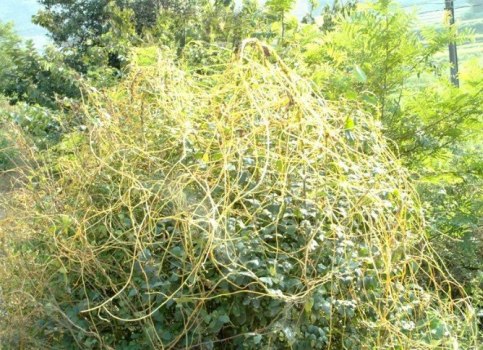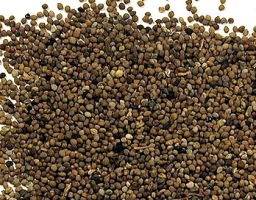 Cuscuta
chinensis. C. japonica Tù sī zǐ 菟
丝 子
Dodder Family: Convolvulaceae
Cuscuta
chinensis. C. japonica Tù sī zǐ 菟
丝 子
Dodder Family: Convolvulaceae

 DESCRIPTION:
Annual full parasitic herb. Stems cordy, orangeish, but with chlorophyll. Leaves
degenerate into scales. Flowers clustered outside the membranous bracts; calyx
cup-shaped, 5-lobed; corolla white, long curved flower 2 times, top 5 lobed, lobes
often outwardly inflection; stamens 5, filaments short, alternate with corolla
lobes; scales 5, nearly oblong. Ovary 2 sections, each section has ovules 2, style
2, head to head. Capsule nearly spherical, mature when surrounded by corolla;
seed pale brown. Flower and fruit period 7-10 months.Found growing on the branches
of shrubs located in sunny hill wilds, stream banks and roadsides.
DESCRIPTION:
Annual full parasitic herb. Stems cordy, orangeish, but with chlorophyll. Leaves
degenerate into scales. Flowers clustered outside the membranous bracts; calyx
cup-shaped, 5-lobed; corolla white, long curved flower 2 times, top 5 lobed, lobes
often outwardly inflection; stamens 5, filaments short, alternate with corolla
lobes; scales 5, nearly oblong. Ovary 2 sections, each section has ovules 2, style
2, head to head. Capsule nearly spherical, mature when surrounded by corolla;
seed pale brown. Flower and fruit period 7-10 months.Found growing on the branches
of shrubs located in sunny hill wilds, stream banks and roadsides.